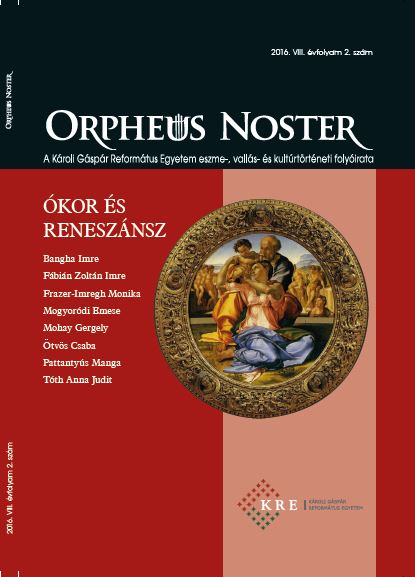A műalkotások értékbecslése a toszkán reneszánsz művészetben. Stimák és lodók
Valuation of works of art in Italian Renaissance art. Stimas and Lodos
Author(s): Manga PattantyúsSubject(s): Fine Arts / Performing Arts, Visual Arts, History of Art
Published by: Károli Gáspár Református Egyetem
Keywords: Italian Renaissance art; honoraria for commissioned works; artist and client
Summary/Abstract: Among the written sources of Italian Renaissance art, a substantial number of contracts have survived. From them we can tell that the honoraria for commissioned works of art could be paid to the artist in a variety of ways. Not in every instance was the honorarium a specific sum decided upon when the contract was written; the two parties – artist and client – sometimes agreed that the fee would be determined by means of a valuation. In such cases, the valuation would be made after the work was completed. The practice of setting prices through valuation was quite customary in this period for both private and corporate commissions. The valuations were performed by specially-appointed experts, who were themselves artists in the majority of cases. Their number was regulated by the statutes of the guilds. In general there were two valuers, but there could be more; in any event, the two parties – artist and client – had to be represented equally. We are less well-informed about the criteria by which the valuations were carried out, but we do know that it was not, primarily, an aesthetic judgment; rather, it was a quantitative and qualitative assessment of how well the expectations and provisions set forth in the contract had been met. The documents that record valuations of this kind are known by the terms stima and lodo.
Journal: Orpheus Noster. A KRE Eszme-, Kultúr-, és Vallástörténeti Folyóirata
- Issue Year: VIII/2016
- Issue No: 2
- Page Range: 107-116
- Page Count: 10
- Language: Hungarian

